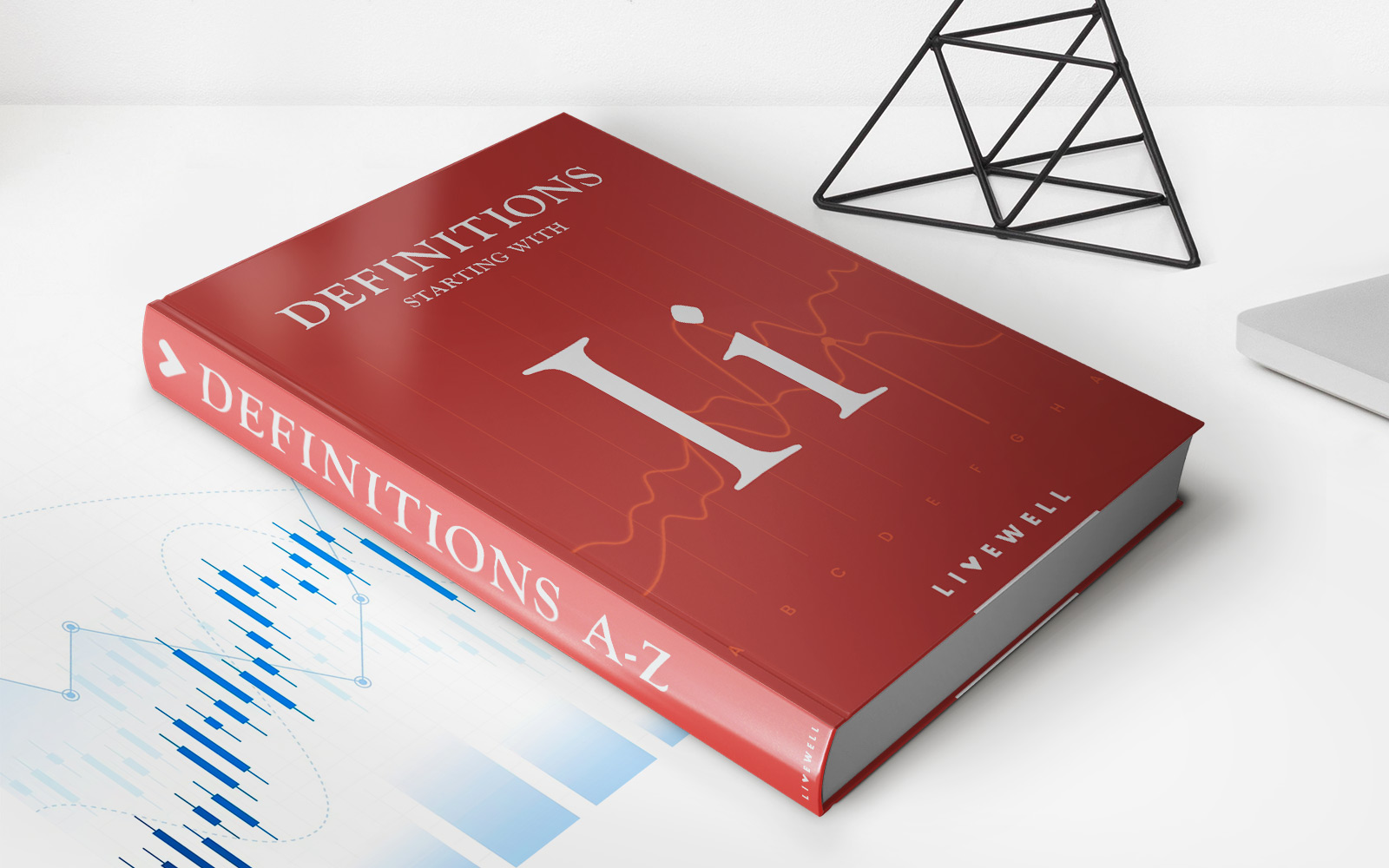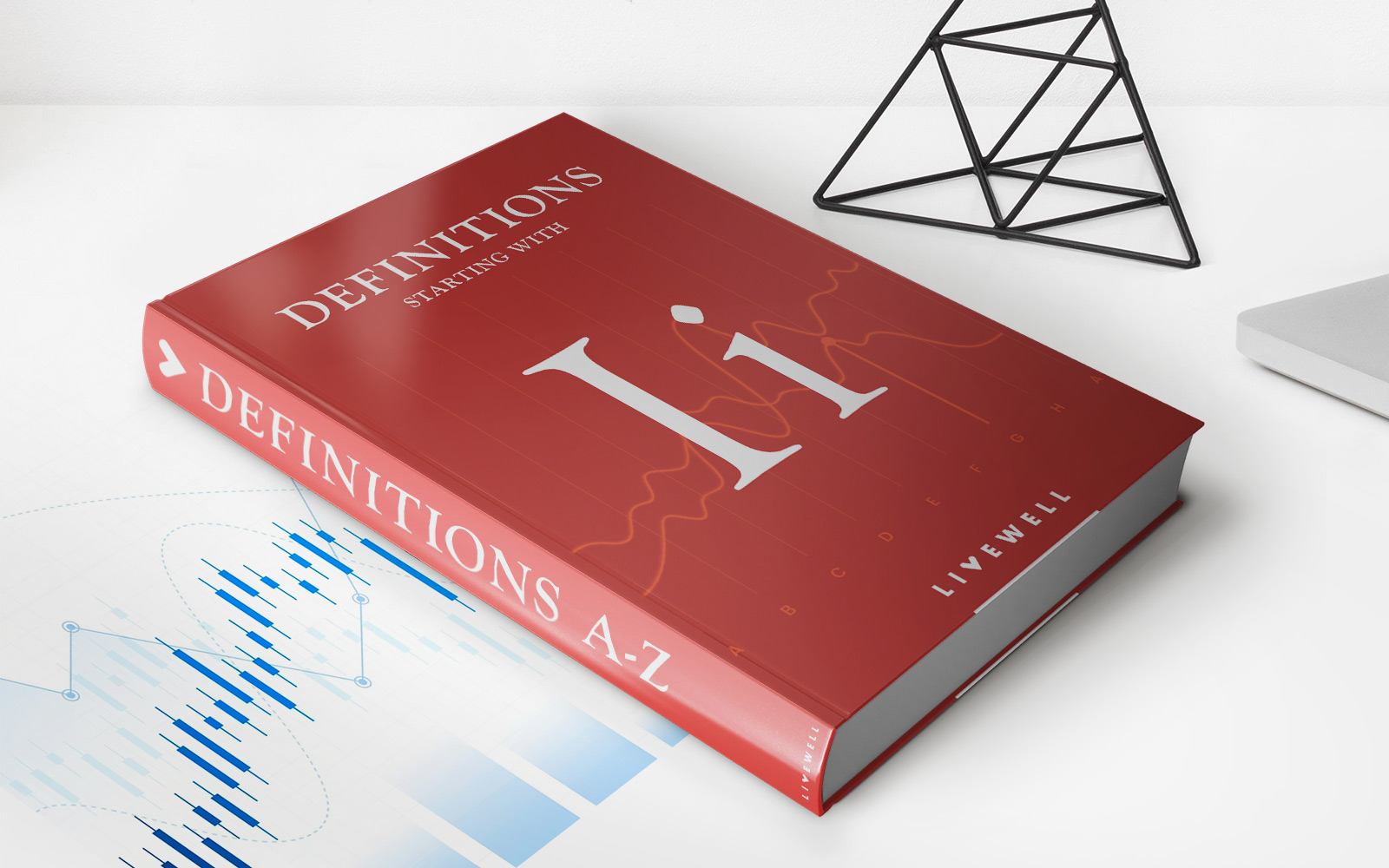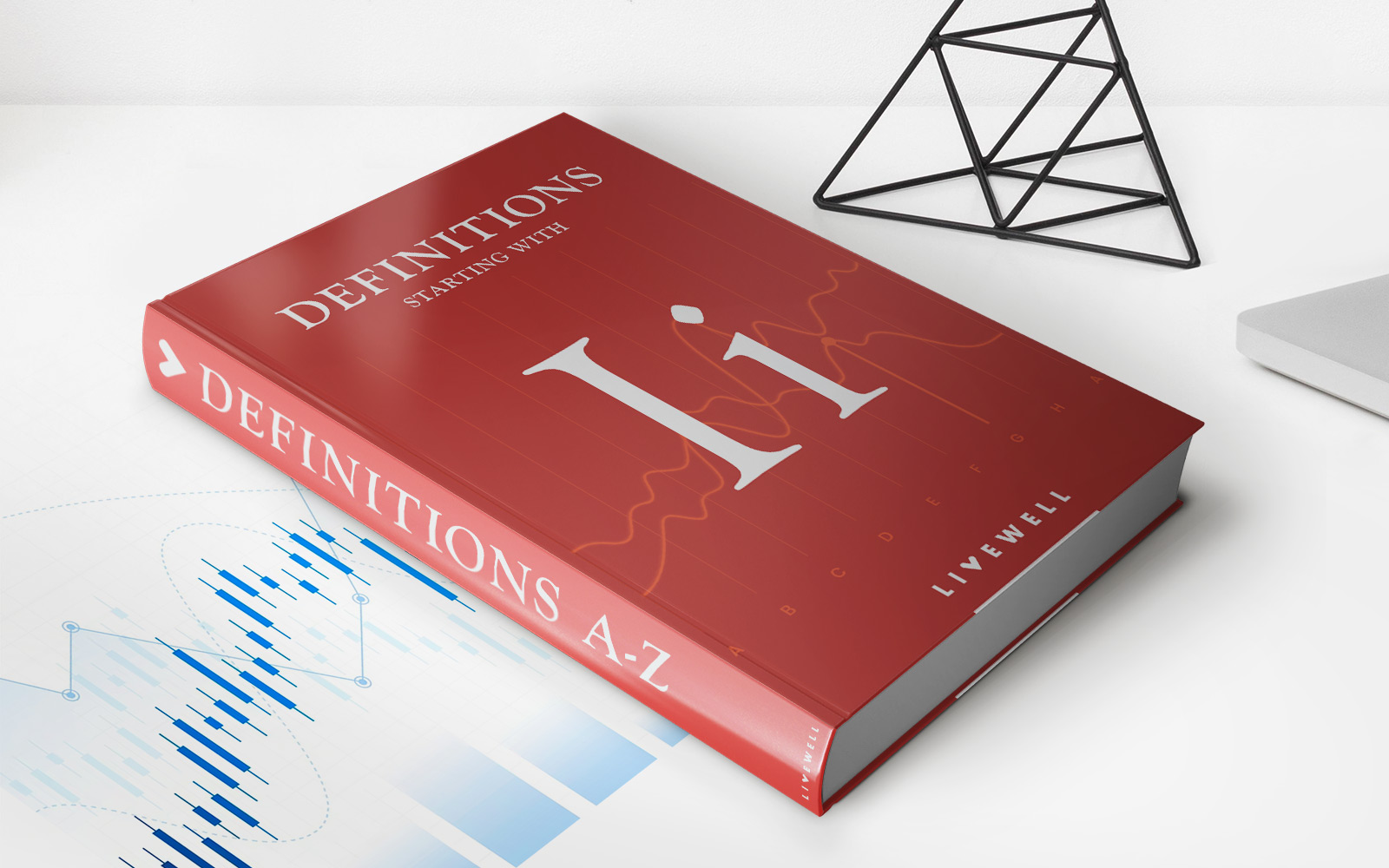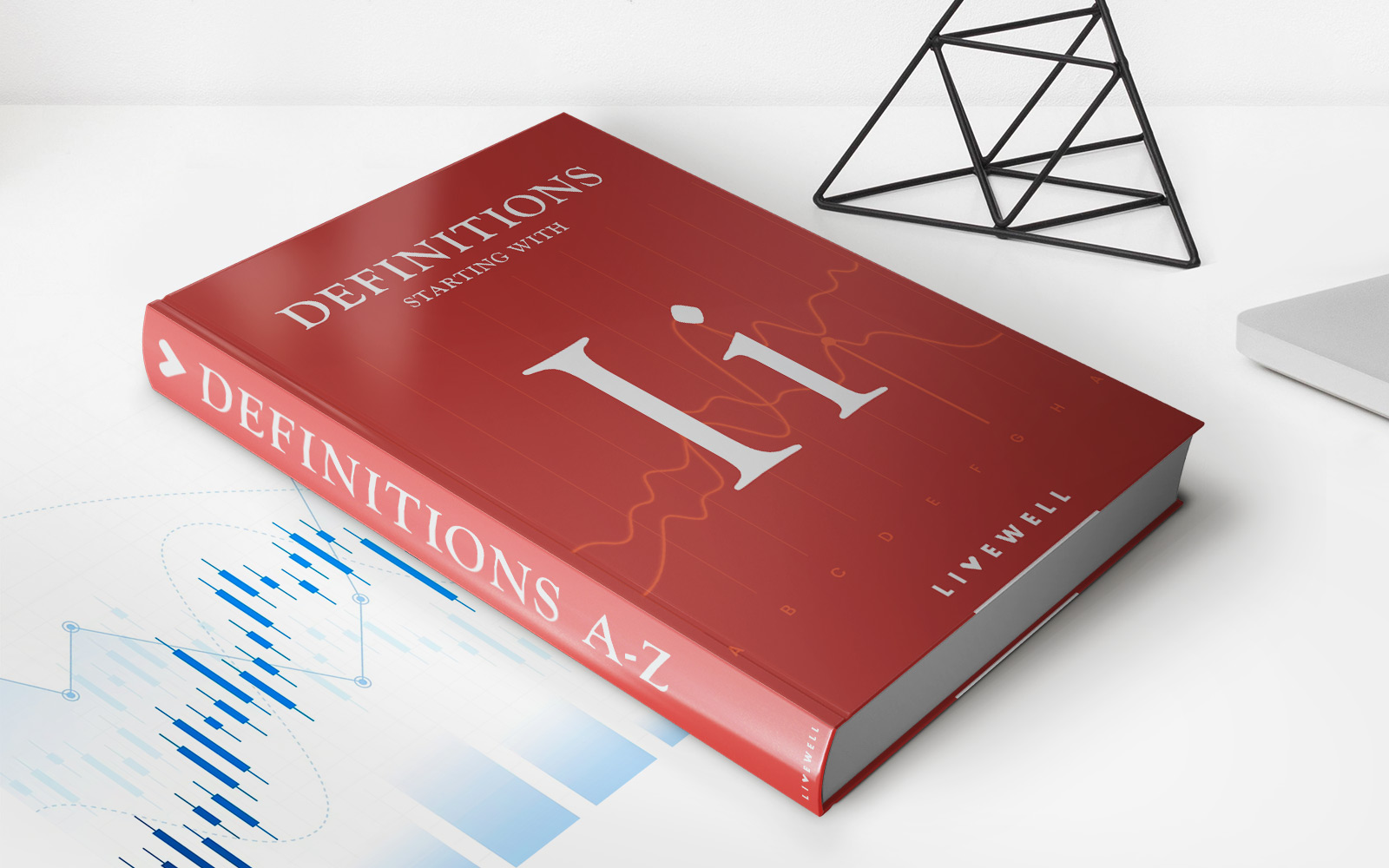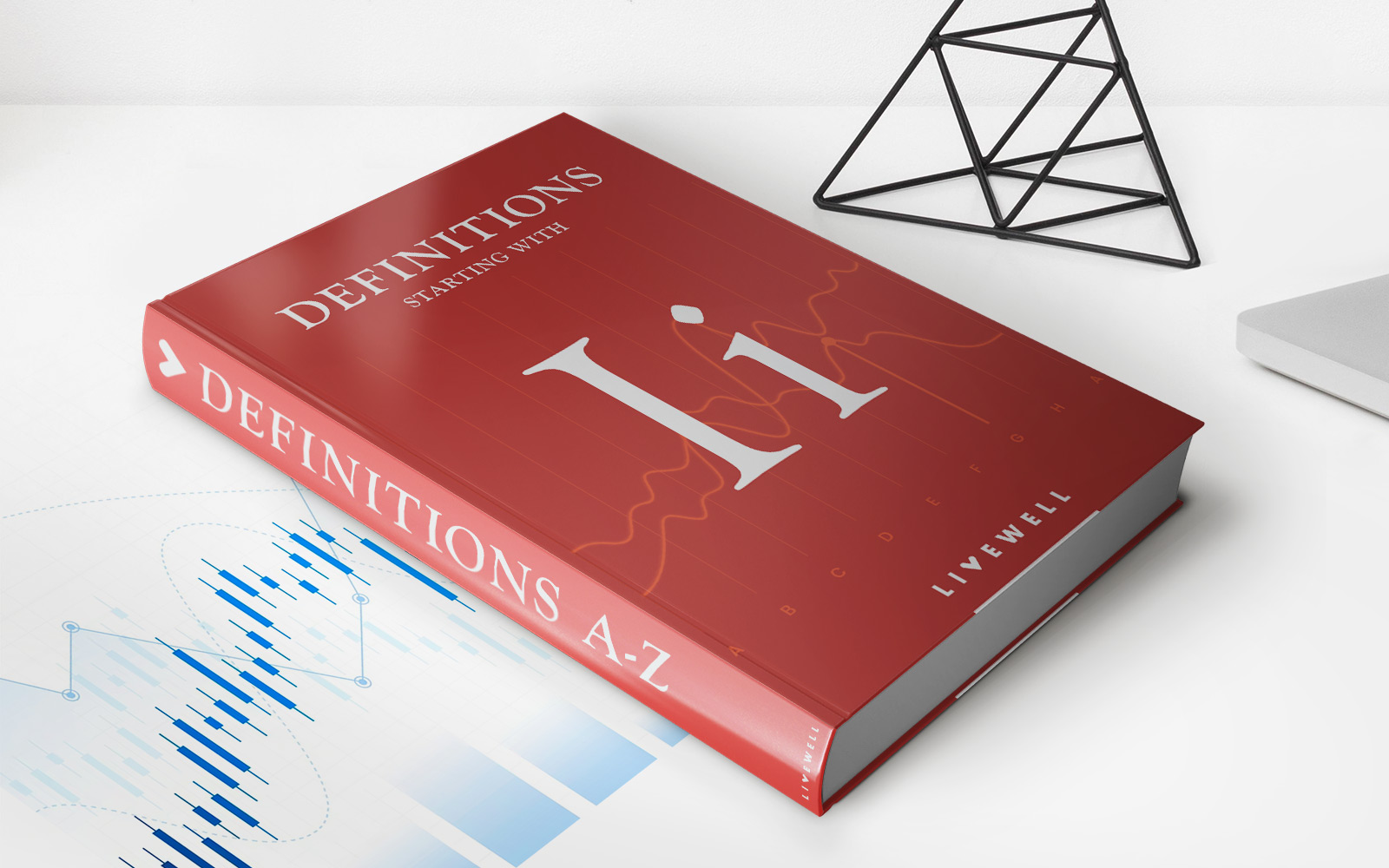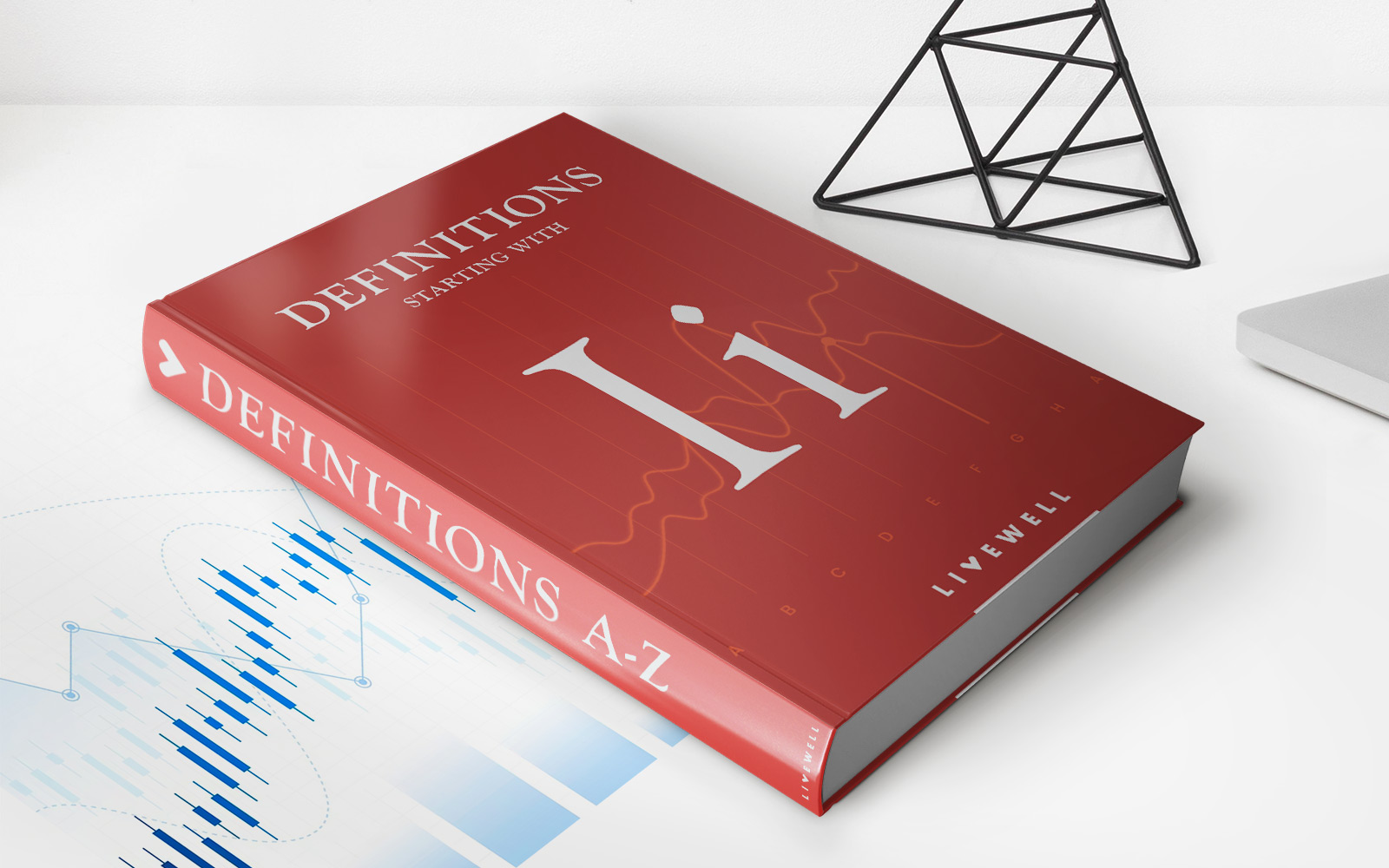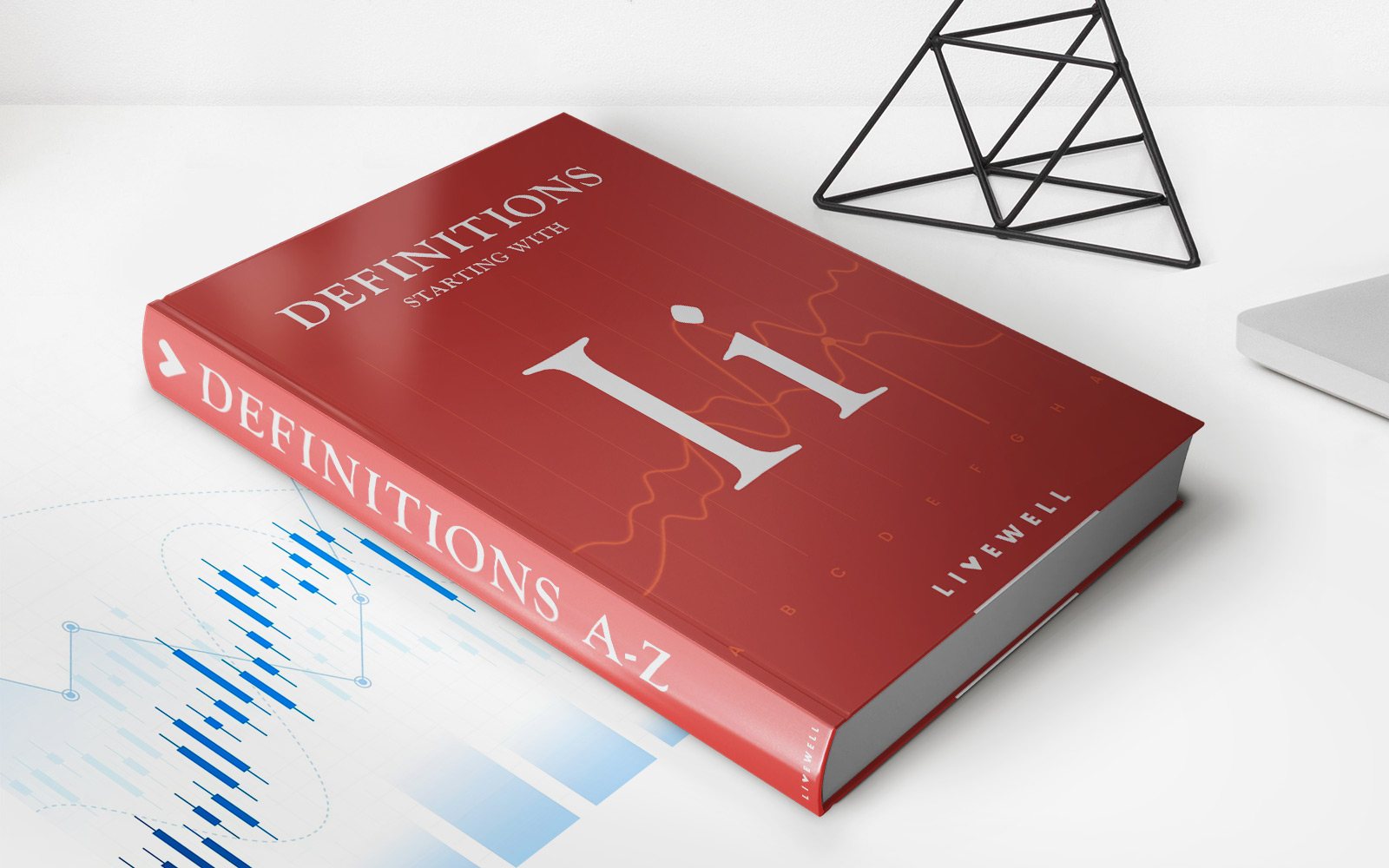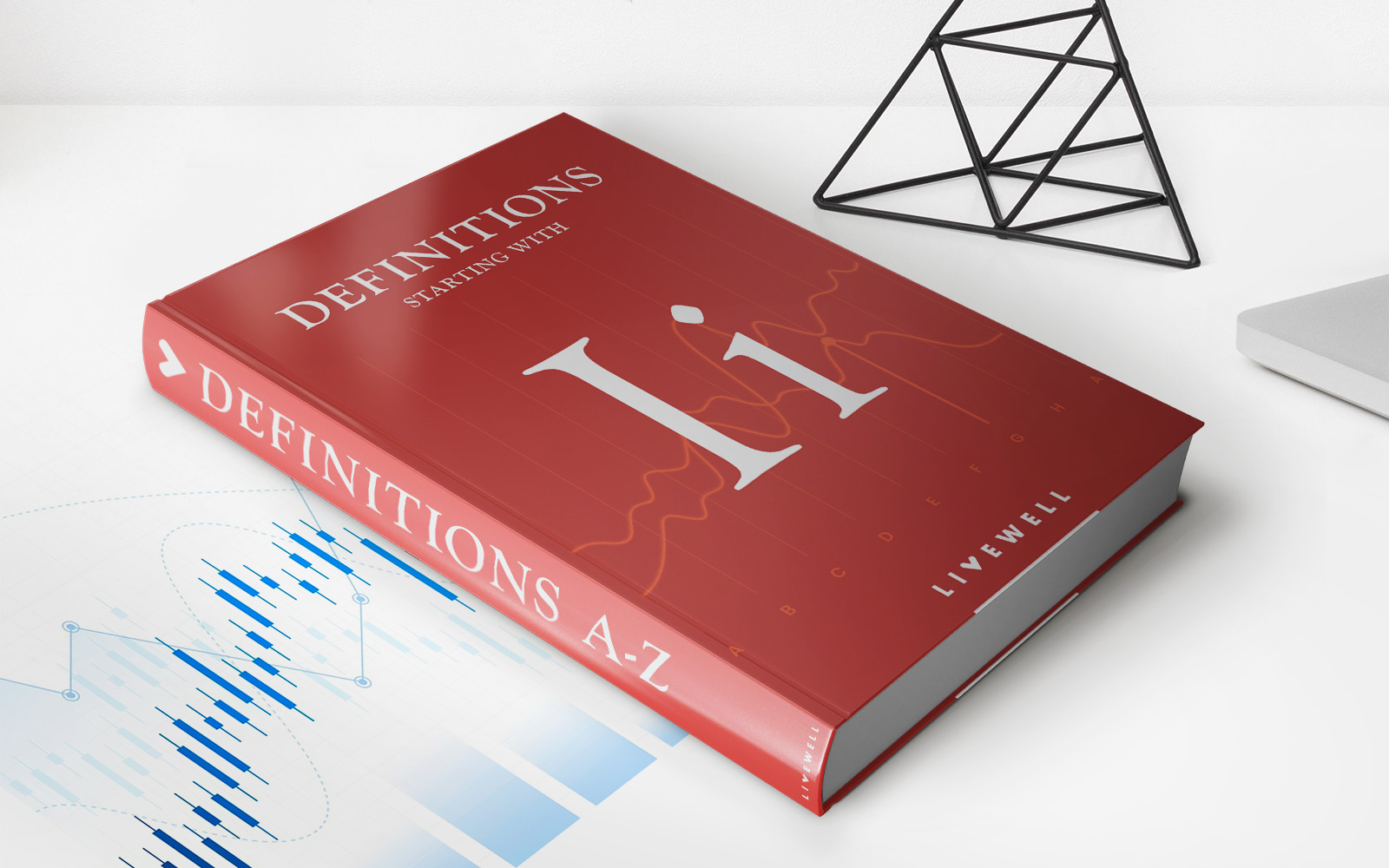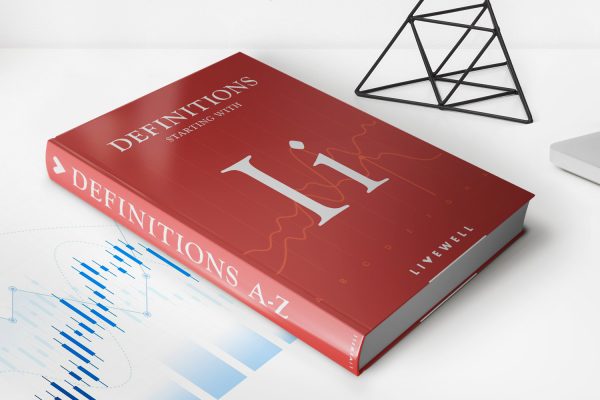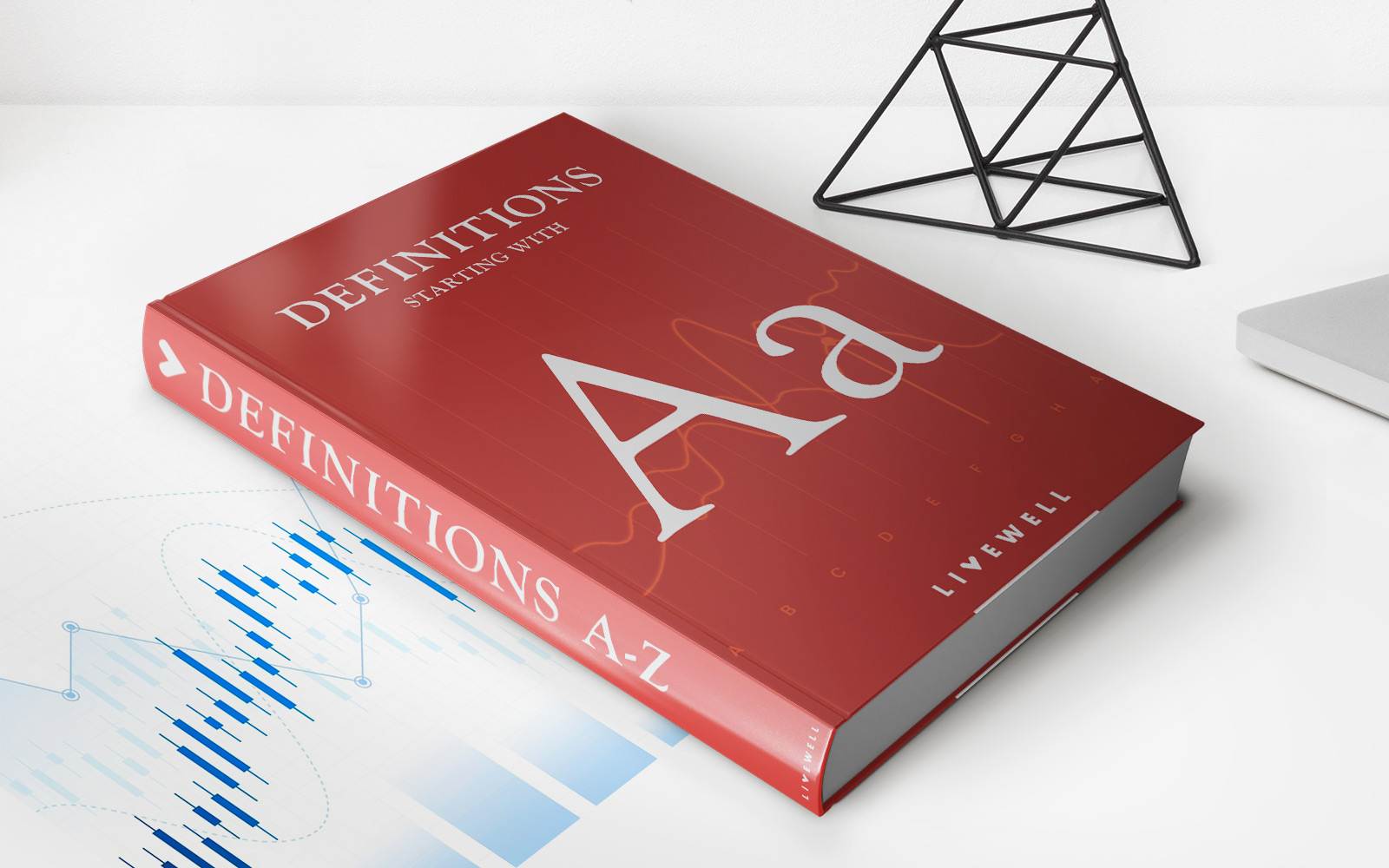Home>Finance>IRS Publication 524 (Credit For The Elderly Or The Disabled) Definition
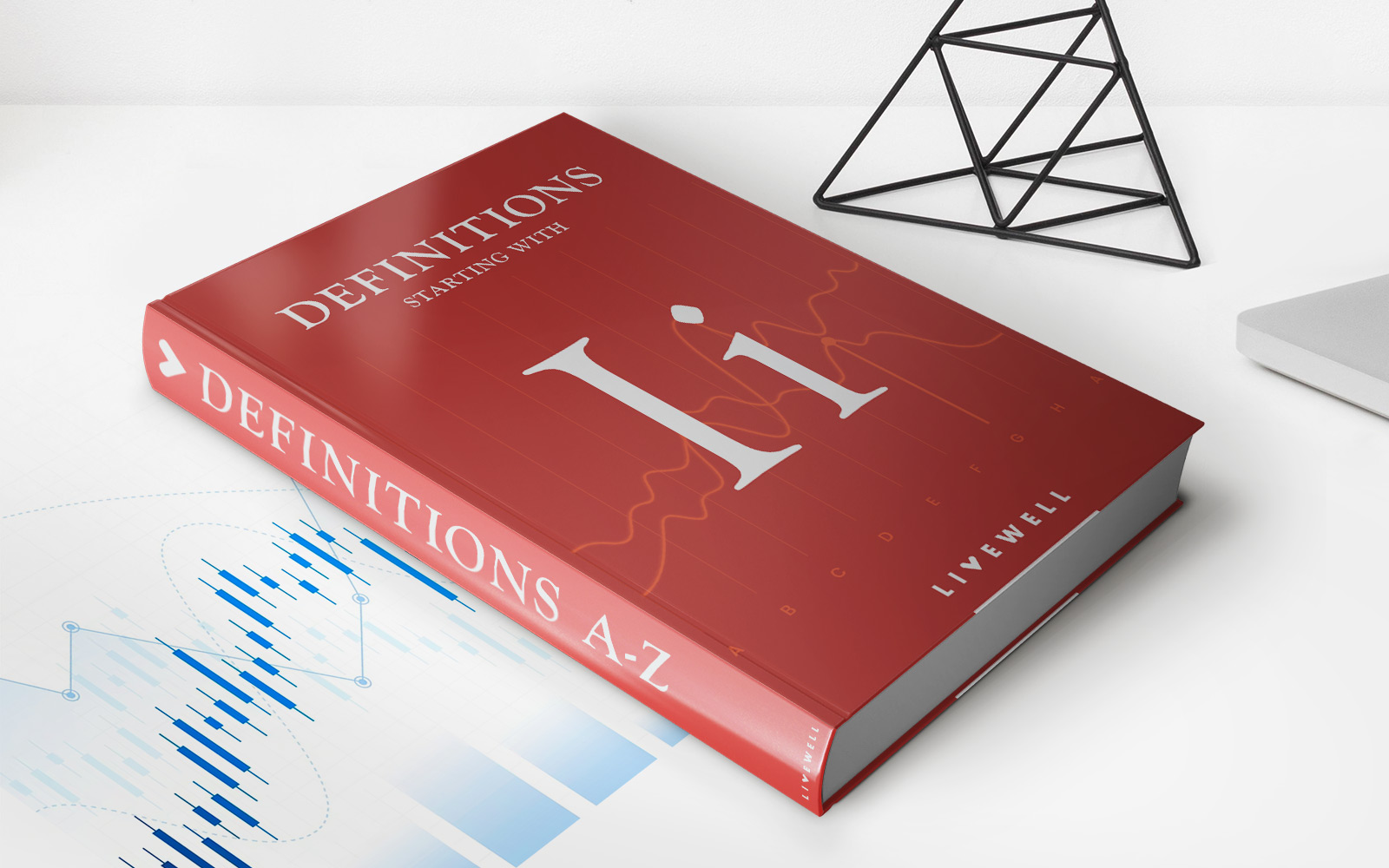

Finance
IRS Publication 524 (Credit For The Elderly Or The Disabled) Definition
Published: December 13, 2023
Learn about IRS Publication 524 (Credit for the Elderly or the Disabled) in our comprehensive finance guide. Understand the benefits available for retired or disabled individuals.
(Many of the links in this article redirect to a specific reviewed product. Your purchase of these products through affiliate links helps to generate commission for LiveWell, at no extra cost. Learn more)
Understanding IRS Publication 524 – Credit for the Elderly or the Disabled
As we navigate through life, it’s important to be aware of the various credits and deductions that can alleviate financial burdens. If you or a family member are elderly or disabled, you may be eligible for the Credit for the Elderly or the Disabled, outlined in IRS Publication 524. In this blog post, we’ll dive into what this credit entails and how it can benefit you. So, let’s get started!
Key Takeaways:
- The Credit for the Elderly or the Disabled provides tax relief for individuals aged 65 or older, as well as those who are disabled.
- This credit can significantly reduce your tax liability and potentially result in a refund.
What is the Credit for the Elderly or the Disabled?
The Credit for the Elderly or the Disabled is a tax credit offered by the Internal Revenue Service (IRS) to provide financial assistance to individuals who are elderly or disabled. This credit is designed to help alleviate some of the financial strain that often accompanies these circumstances.
Eligibility:
- Age: To qualify for this credit, you must be 65 years of age or older by the end of the tax year.
- Disability: You must also be permanently and totally disabled, regardless of age, at the end of the tax year.
- Income Limits: Your income must fall below certain thresholds to be eligible for the credit. These limits are subject to change and can be found in IRS Publication 524.
Claiming the Credit:
If you meet the eligibility criteria, you can claim the Credit for the Elderly or the Disabled on your tax return. The amount of the credit varies depending on your filing status, income, and other factors. It’s important to note that this credit is non-refundable, meaning it can only reduce your tax liability, but not result in a refund if it exceeds your tax owed.
Documentation:
When claiming the credit, it is crucial to keep thorough documentation to substantiate your eligibility. This includes proof of age, disability status, and income. Consulting with a tax professional or utilizing tax software can help ensure you have all the necessary documentation in order.
Summary
The Credit for the Elderly or the Disabled is a valuable tax credit that can provide much-needed relief to individuals who are elderly or disabled. By understanding the eligibility criteria and following the appropriate steps to claim the credit, you can potentially reduce your tax liability and alleviate some of your financial burdens. Remember to consult with a tax professional for personalized advice and guidance.
